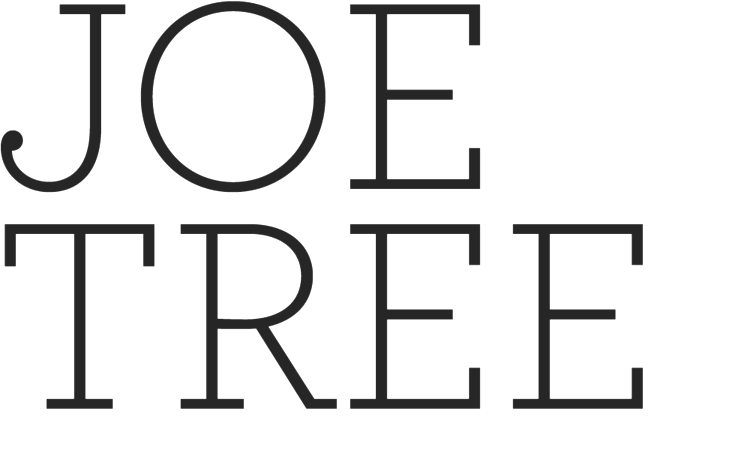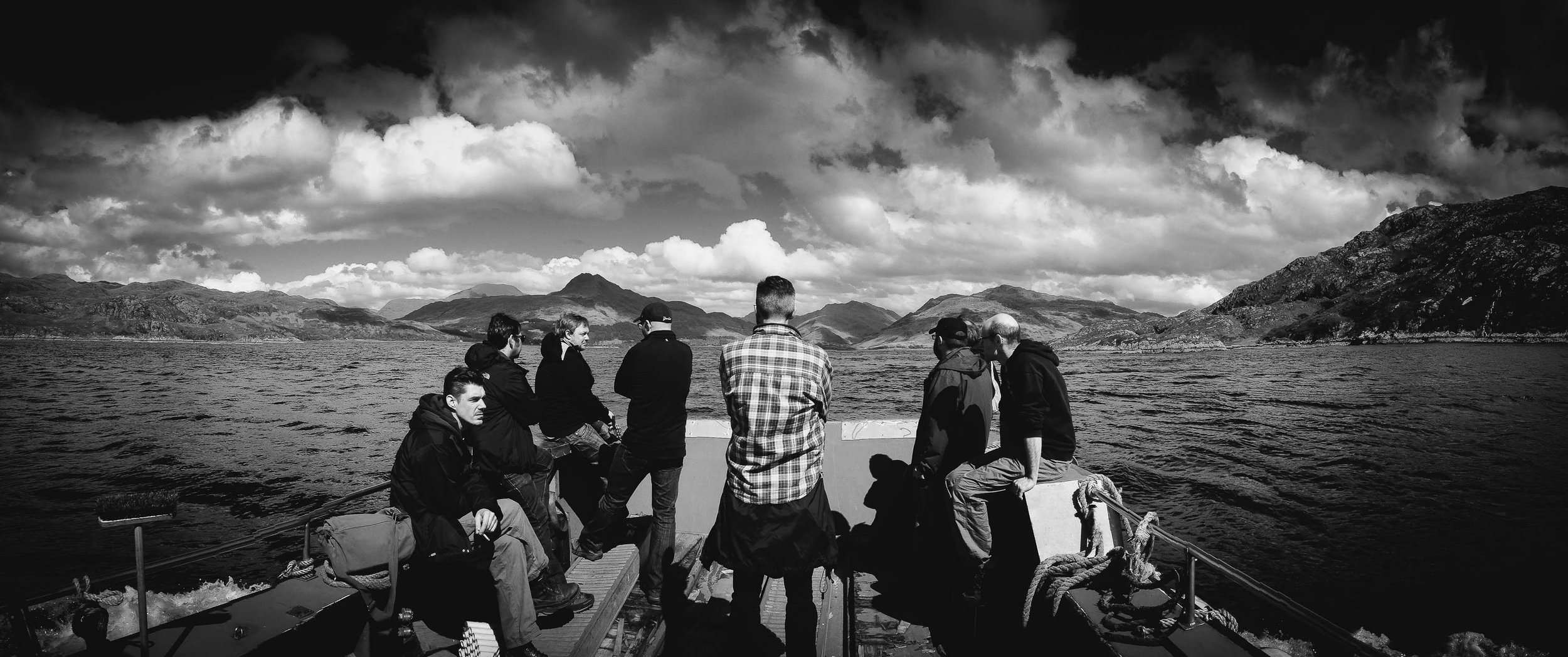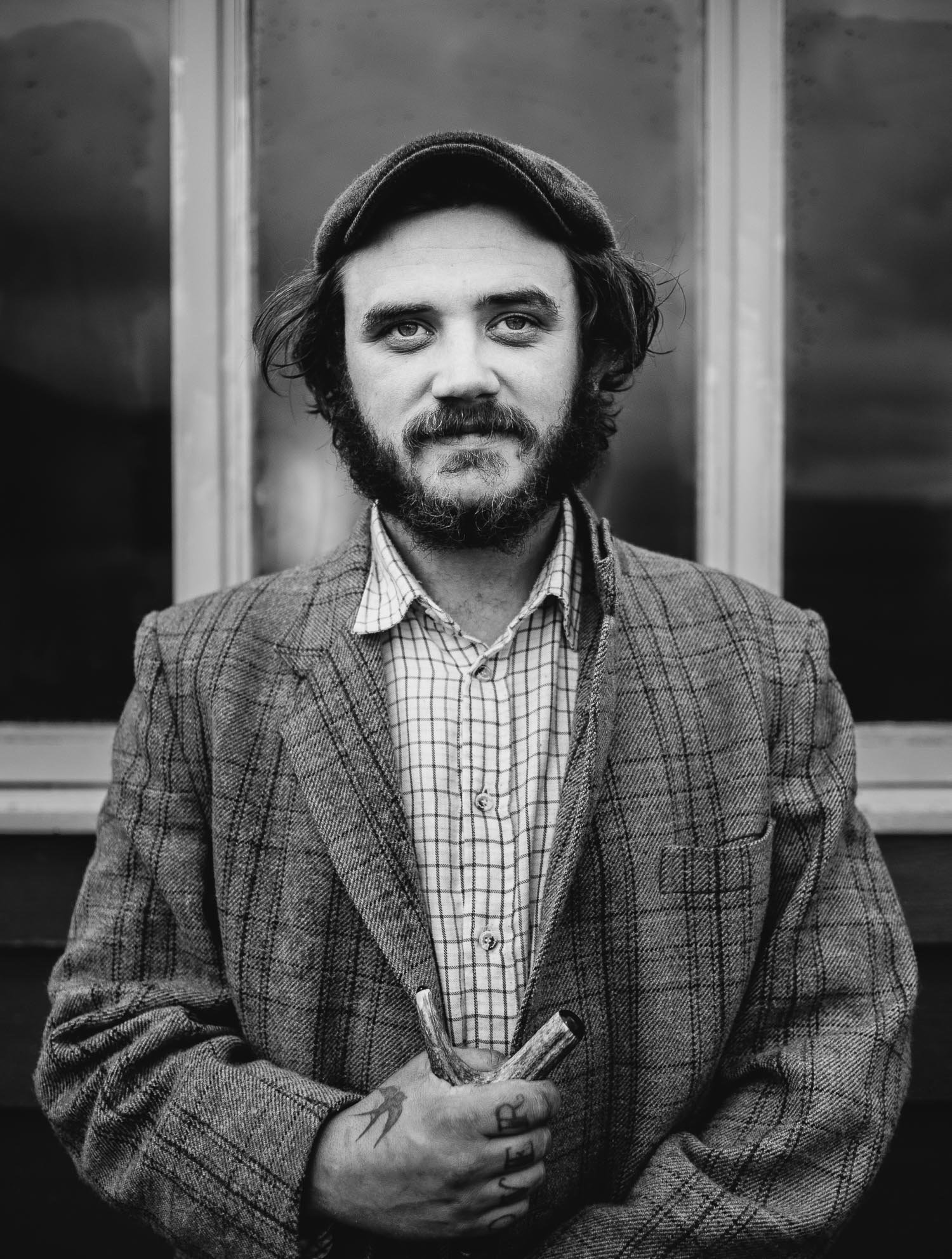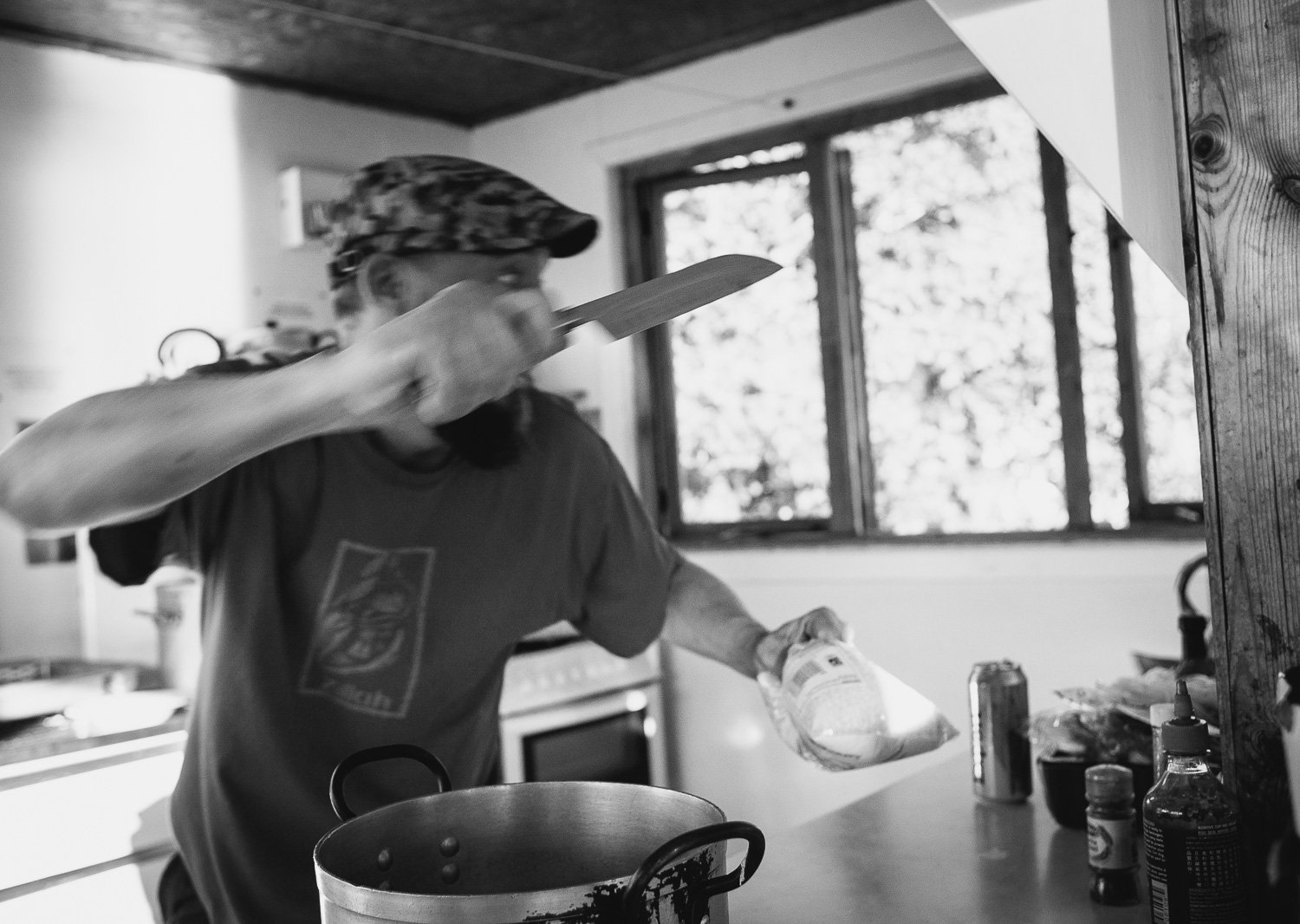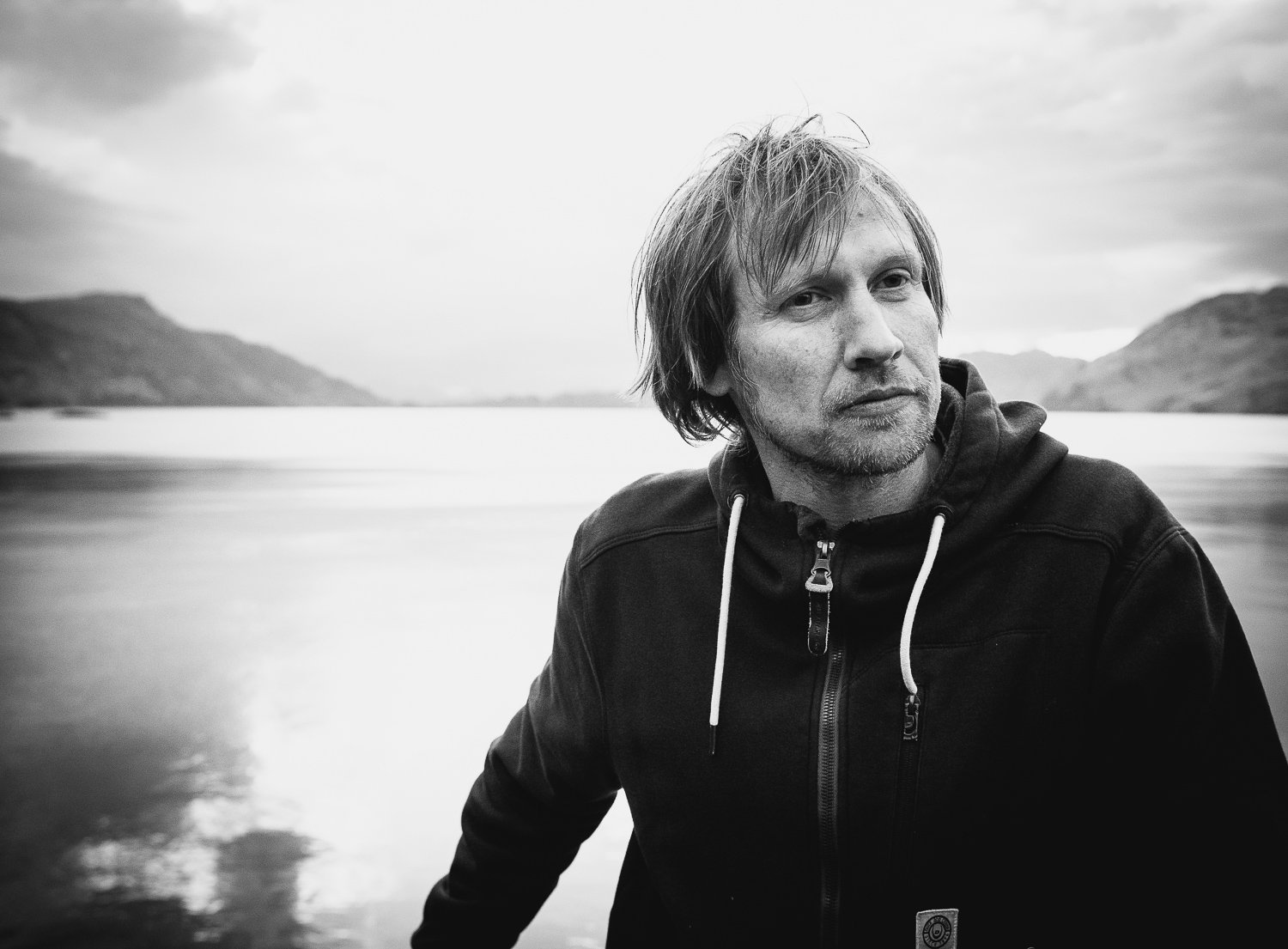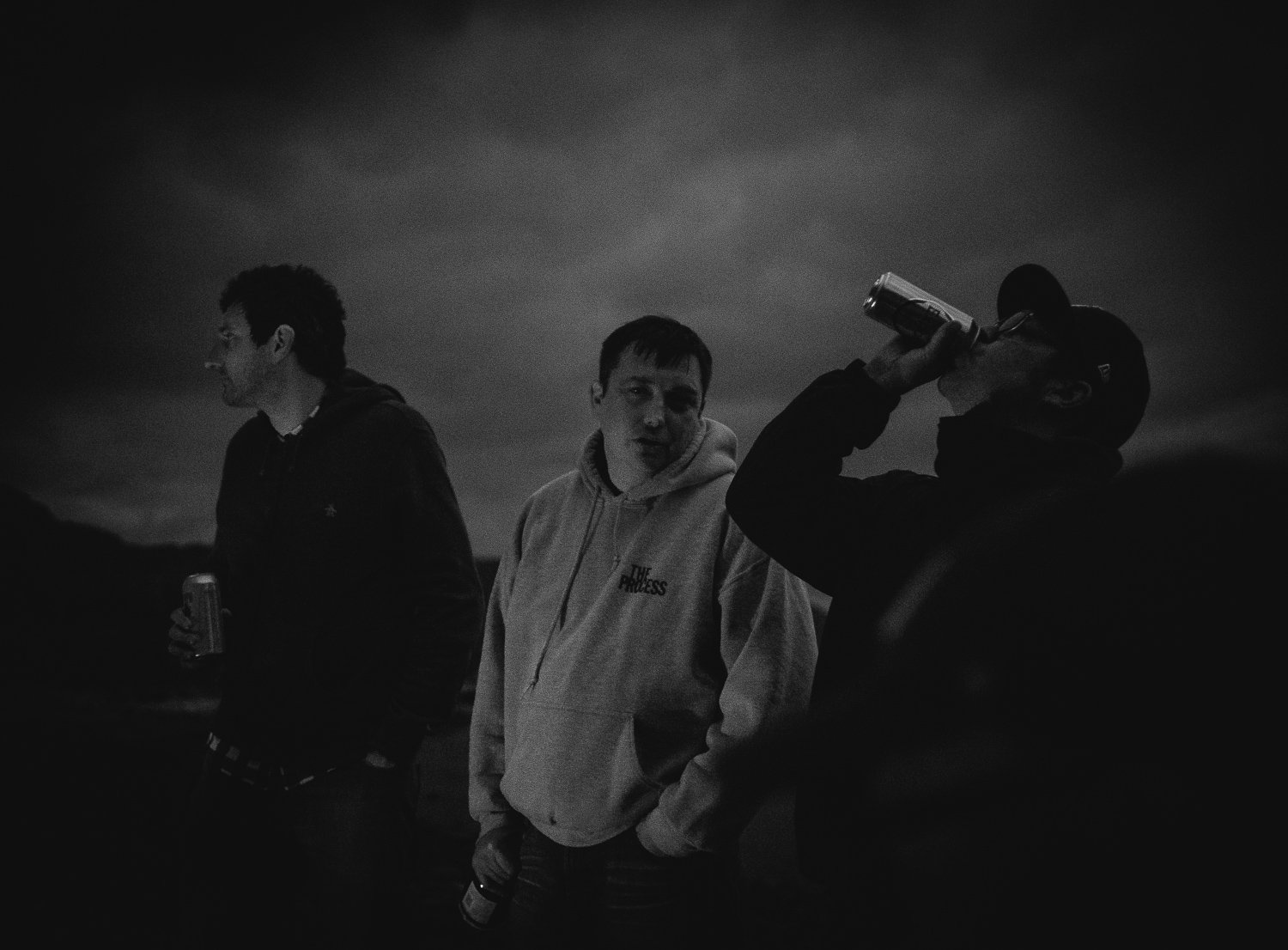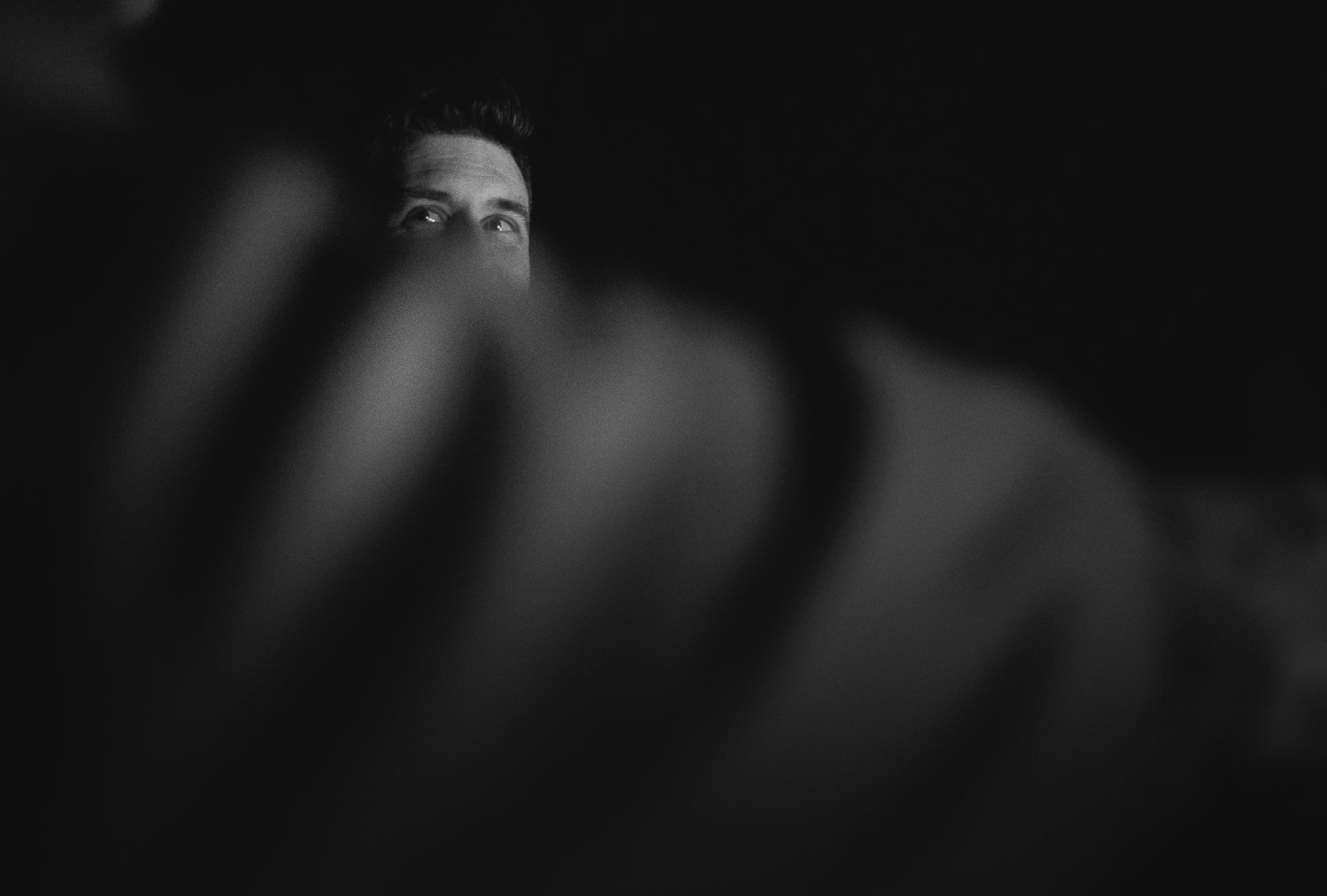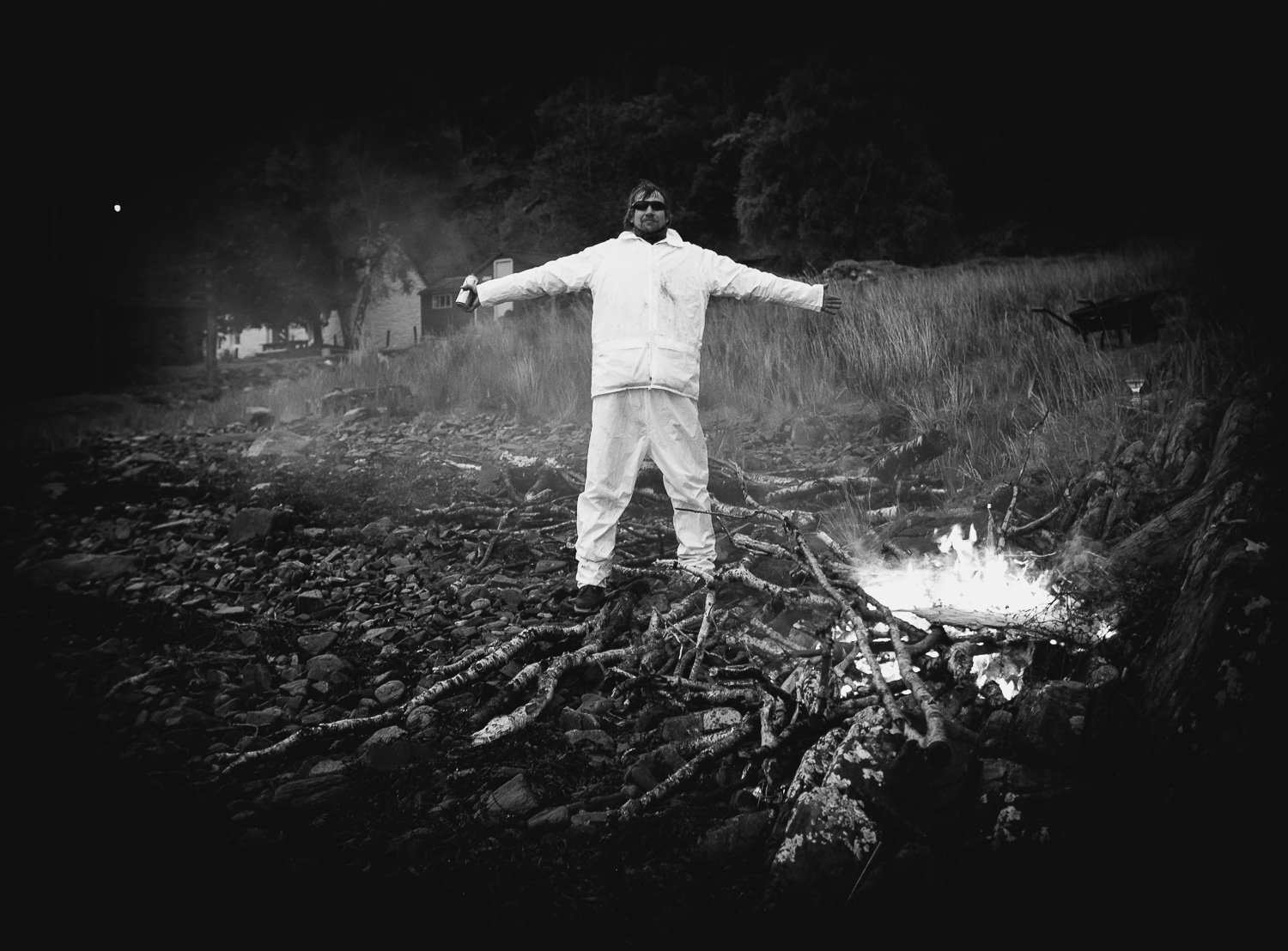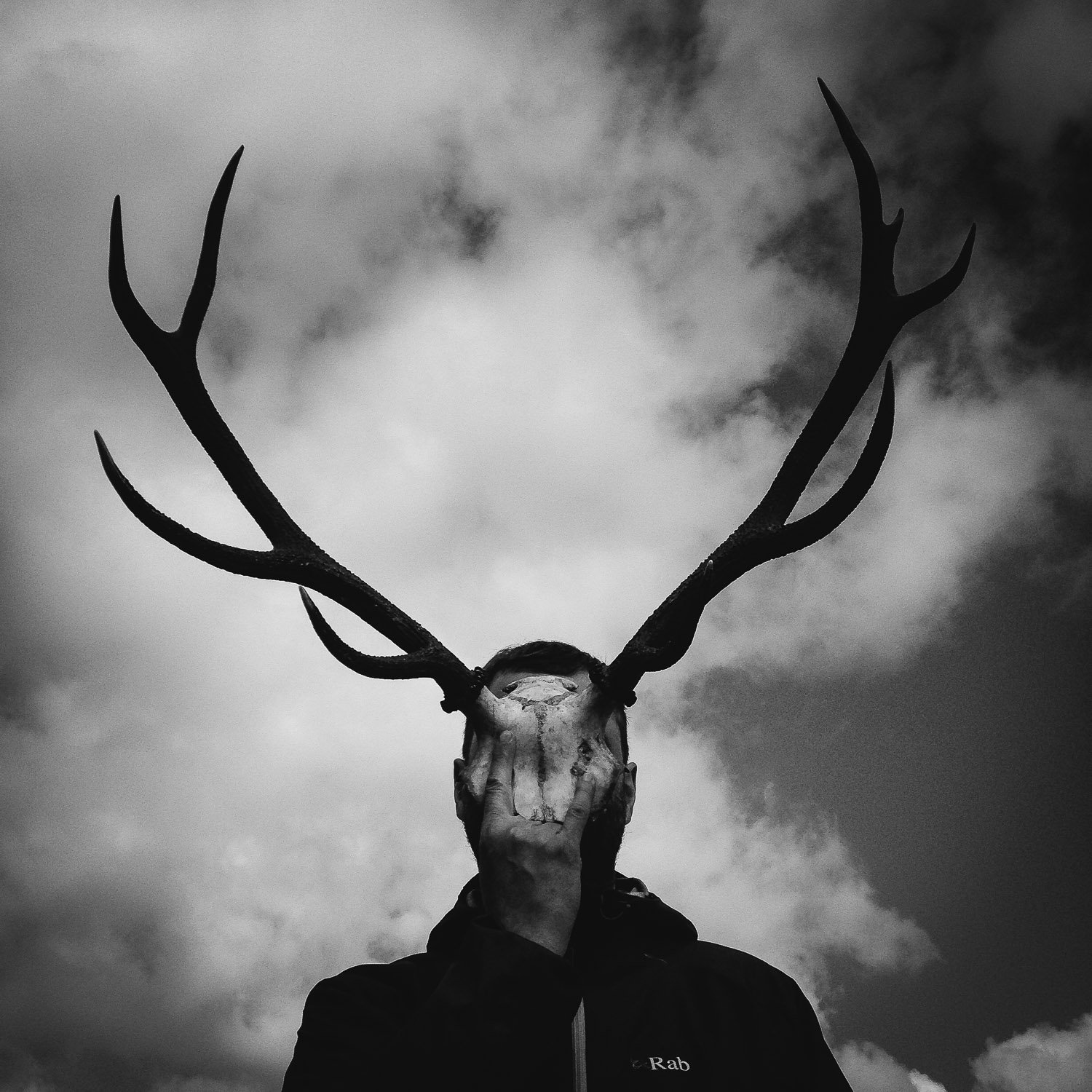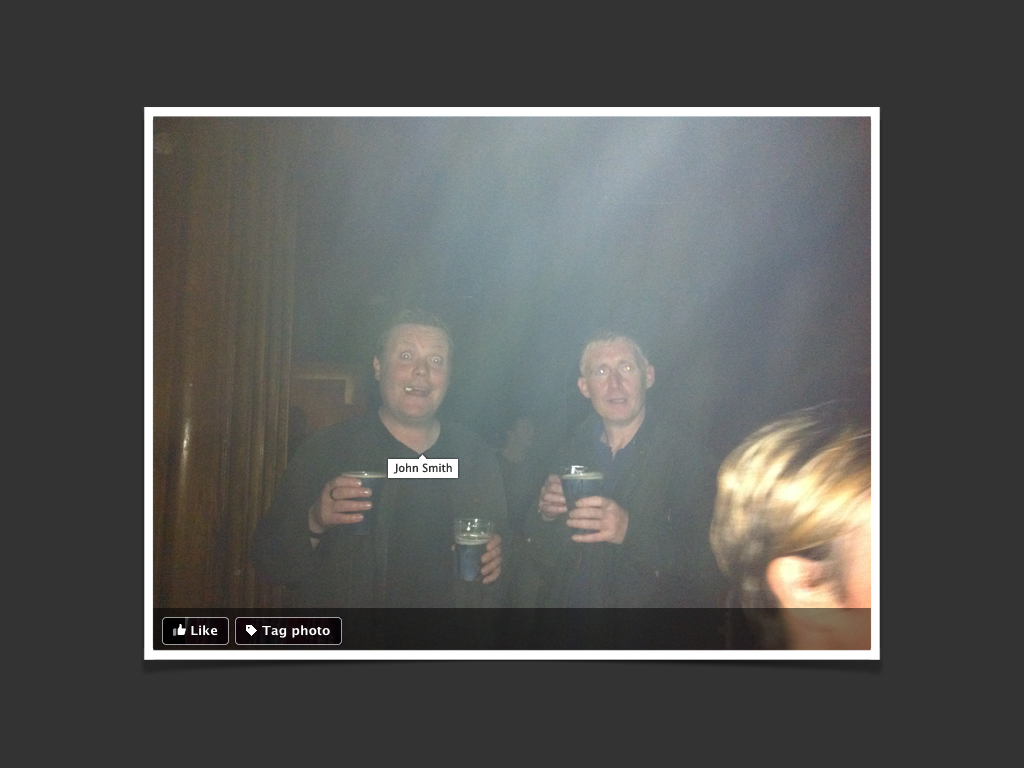I discovered a study recently, which showed alcohol was a factor in 76% of the photos uploaded to Facebook by people in the UK.
I don’t think this means we’re a nation of drunkards, but I do think it’s further evidence that the content we populate social media with is all about the here and now. We actually expect most of it to be forgotten quickly – we’re not thinking about its lasting value. But unlike the shoebox of prints in our attic, it will be there for many, many years to come. This stuff will probably outlive everyone alive today.
So, while we’re building archives of content at rate never seen before, its value as a future historical record is way out of balance with its scale. This is because it’s not open, it’s badly indexed, and there’s quite simply too much of it.
Future generations are going to curse us, because we were the first with the chance to leave a detailed legacy of the things which were important to us. But we didn’t. We were so concerned about sharing in the present that we left them less useful information than our grandparents and their Box Brownies did.
In the same way new motorways fill with cars, and our waistlines expand the cheaper high-calorie food becomes, we seem to want to create and share as much content as current technology will allow. If we’re to seize the opportunity in front of us, we need some self-constraint. If we can’t find it, we’ll be leaving it up to the cultural elite to choose, again, which of this generation’s stories form part of our future history.
Seven and a half years ago, I decided to take a photograph every day, write down a thought or experience and share it openly online. Like every other hobby I took up, I thought I’d quickly get bored. But I discovered that as a day-to-day discipline it was a lot of fun, hugely addictive, and surprisingly captivating for others.
And after doing this for just a few months, I realised I was creating something of immense personal value. I was able to look back and remember, in an instant, what I’d been doing on a particular day. I still take over 10,000 photos a year, but my daily photo journal forces me to whittle that down to just 365 I want to share publicly – one representing each day of my life.
